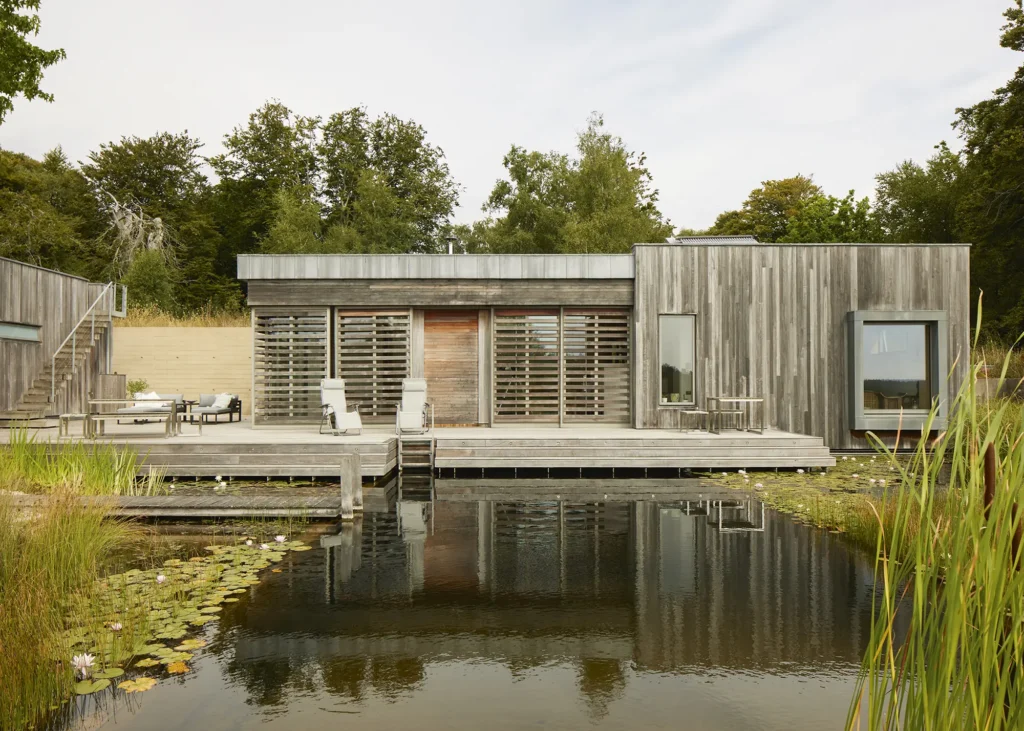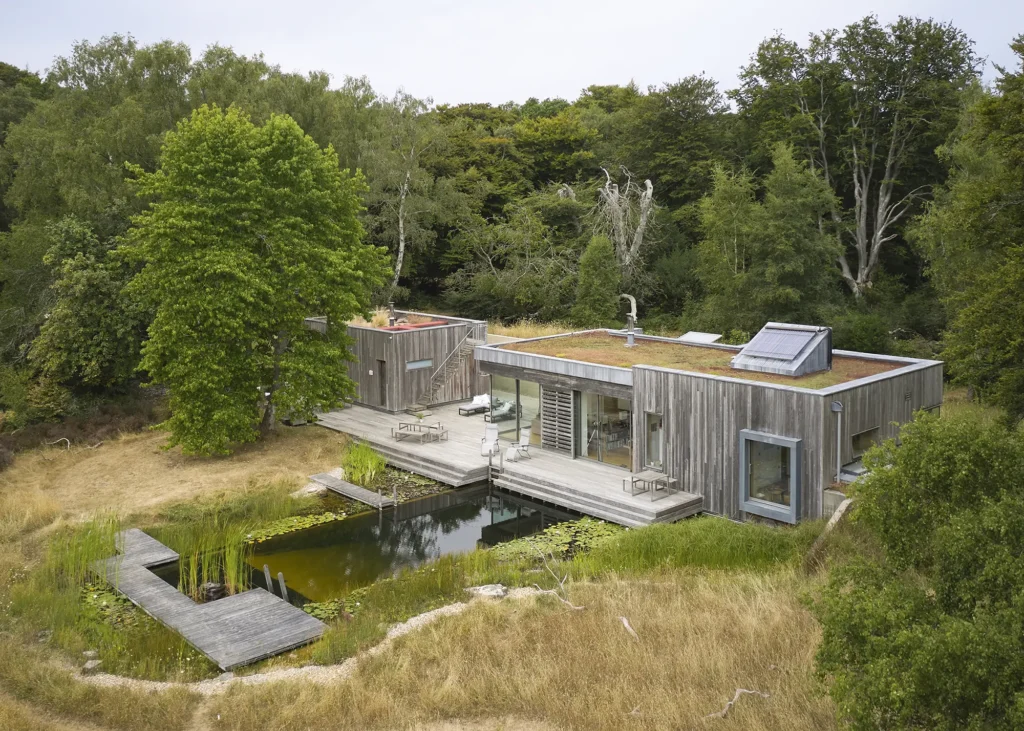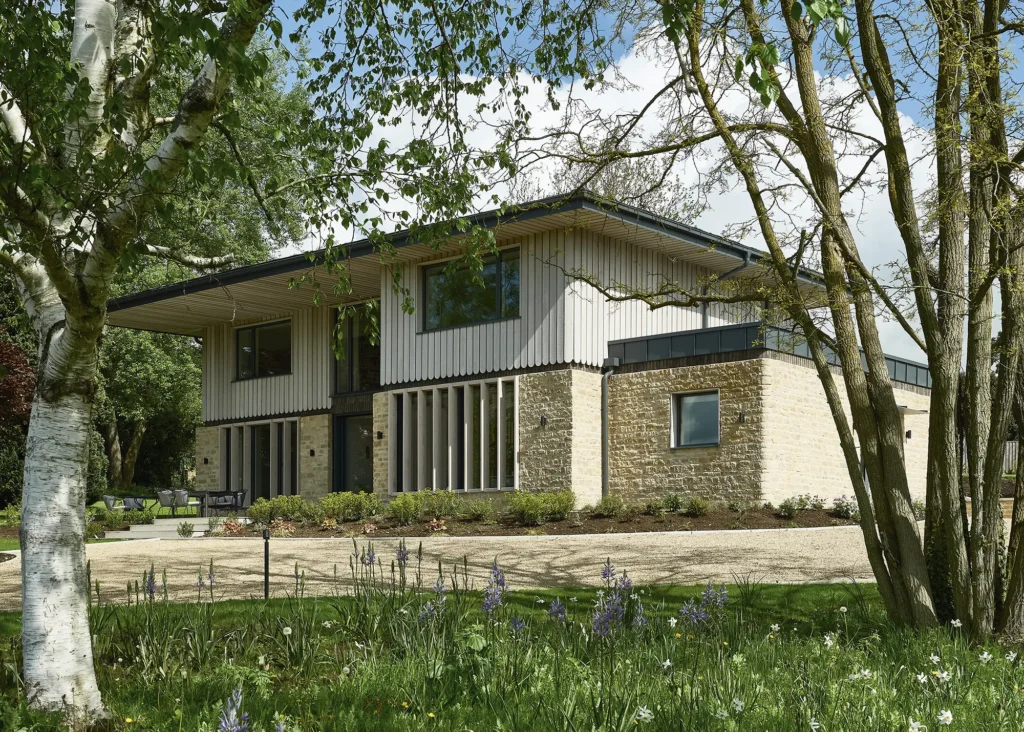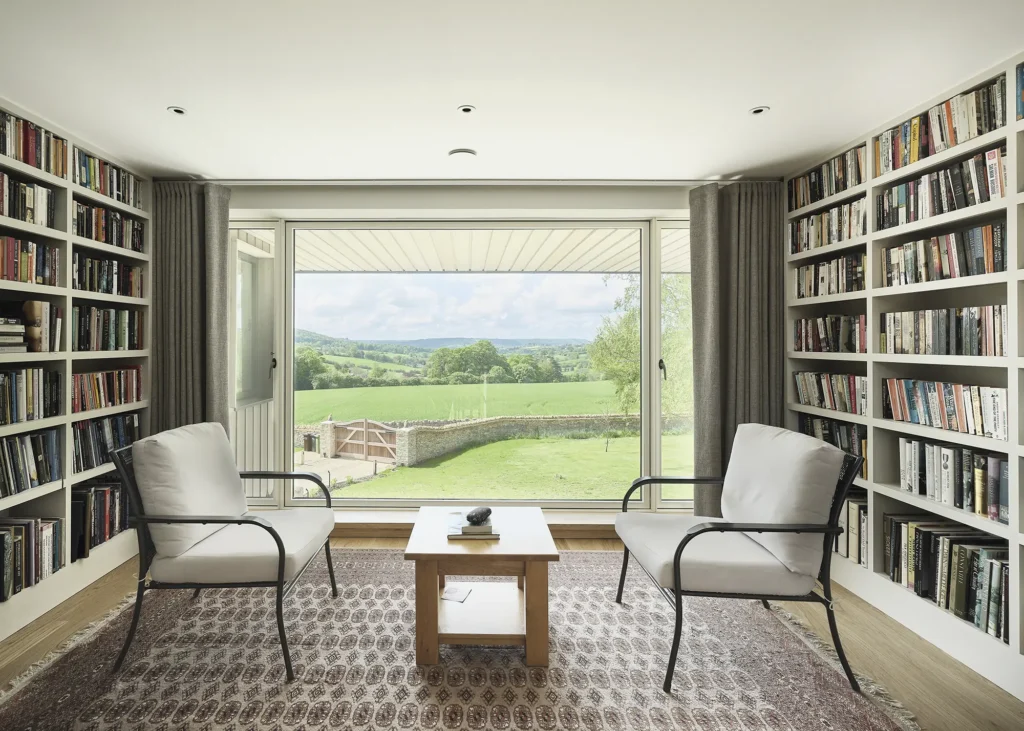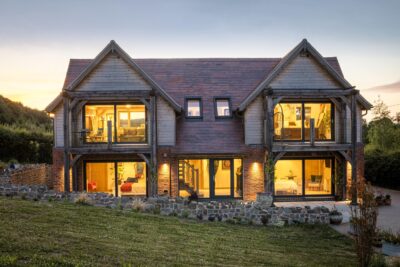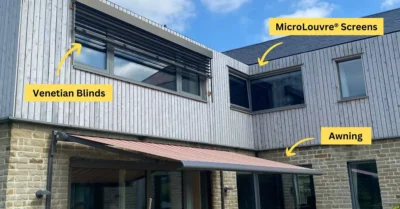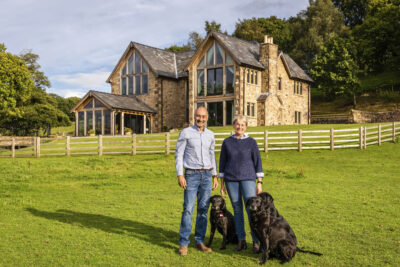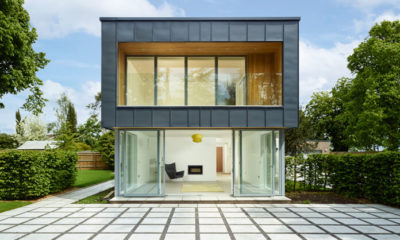Is it Possible to Self Build a Zero-Bills Home? Your Questions Answered
If asked whether it’s possible to build a completely off-grid home, for the vast majority of self builders, the answer to the question will unfortunately be no. Okay, perhaps that’s a bit harsh. There are some ways around the problem, depending on where you live and what sort of plot you own, but we’ll come back to this later in the article.
It might instead be possible to build a home which has zero (or almost zero) energy bills – noting that this is a slightly different question.
What Are Your Space Heating & Power Needs?
Almost every new home is connected to the electricity grid; as most readers will know, gas is being discouraged for new homes. And that’s not in itself a problem, because electricity can be used for heating, as long as the dwelling doesn’t require too much heating in the first place (in other words, if it’s airtight and well-insulated). The modest amount of power needed to heat a modern home can therefore be provided cost-effectively by using some kind of heat pump.
Homes constructed to modern building standards already have a low demand for space heating, but to get anywhere near zero heating bills, you’ll need to construct something significantly in advance of current Building Regs and more like a Passivhaus home.
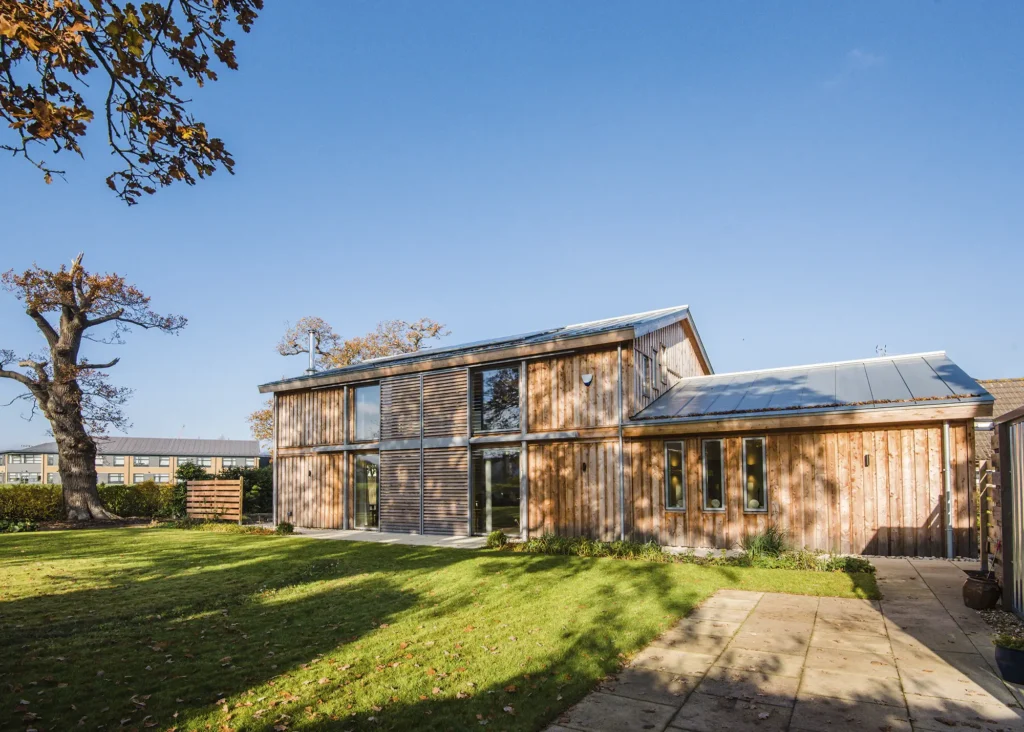
Completed in 2017, Build It readers Nicola and Chris Pelmear’s home was built to Passivhaus standards. Although not fully certified, the property achieved an EPC rating of A and is extremely low-cost to run
The key metric to look at is kWh/m² per year. In other words, the amount of energy (in kWh) you will need to heat each m² of your home, per annum. At around 30kWh/m² a year, you would be among the best of the new housing developments, and going above and beyond what current Building Regulations would require.
However – and here’s the rub – you still need electricity for all your other power needs – lighting, TVs, refrigeration, computers, cooking and hot water. None of this goes away just because you have a well-insulated home with low space heating needs, unless you don’t use any of this relatively modern electrical equipment at all.
Learn More: 12 Ways to Reduce Your Energy Bills & Create an Efficient Home
Which Renewables Are Best for a Low-Bills Home?
Having established that even the best modern homes will have residual space heating requirements and a significant power demand for other needs, how a can zero-energy or zero-bills self build be achieved? The answer, of course, is renewables. Put enough PV and battery storage on an ultra-efficient house and, over the course of a year, the dwelling might generate more power than it uses.
The theory is that all the excess power produced by the PV system in summer can be fed back into the grid, and that this can be used to repay the amount taken out of the grid in winter. However, we’re fooling ourselves if we think that this initiative has anything to do with sustainability.
CASE STUDY Ultra low-energy homePAD Studio are behind this sustainable home in the New Forest National Park and revisited it after a decade-long study on its low-energy design. The property uses energy-efficient and renewable technologies, including a ground source heat pump, mechanical ventilation and heat recovery, solar PV, evacuated solar thermal panels for water heating and rainwater harvesting. With its unregulated operational energy taken into account, such as the pottery studio, workshop and sauna, the house is 42% cheaper to run than a house built to 2021 Building Regulations. Excluding the additions that most homes do not have; the house is 97% cheaper to run. Photos: Adam Carter |
If looking at power produced in summer against power used in winter to try to get to zero bills, bear in mind that the prices are very different. Few companies pay more than 5p/kWh for exported electricity, while you will still be paying around 30p/kWh for the power you import during the winter, the period in which you have the most need for space heating.
PV produces only 25% of its output during the six months of winter – and only 5% of its annual output in December and January, ie peak heating season when the demand for power in electrically heated houses is at its highest. On this basis, you will be drawing substantially from the grid during the winter to keep warm. It’s the grid that provides the balance in the system – but note that in winter, a significant amount of our electricity is produced by gas turbines.
Battery storage doesn’t solve this problem. At a capacity of, say, 11kWh, a fully charged battery could hold enough power to cover one night, but is unlikely to recharge during a winter’s day. Just for clarity, that’s a one bar electric fire for an entire house for 11 hours, or perhaps double that if you use an air source heat pump in mid-winter, and no electricity for any other uses.
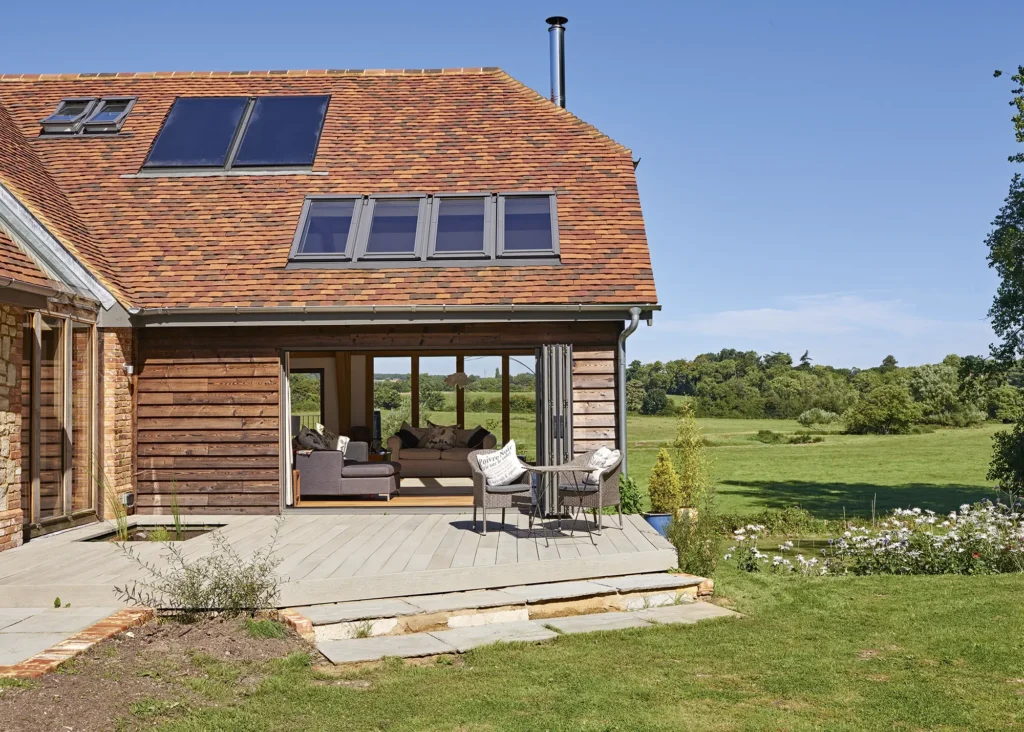
Solar thermal panels have been installed on the roof of this barn-style abode by Welsh Oak Frame
Most PV systems are not manufactured in the UK – they contain rare metals and the environmental and social cost of batteries (especially lithium) is now rightly being challenged. We need to start thinking about embodied energy and pollution, and not just carbon in use.
It’s also not clear that peak PV production in summer is always the most effective way to reduce grid reliance on fossil fuels, as the grid may not always be able to make optimal use of the spikes in PV production during this season.
Wind power can help a lot in getting towards zero bills, but micro wind won’t be effective on all sites. Like PV, the production is intermittent, but it’s a different intermittency. If your site is appropriate for micro wind as well as PV, then with ample battery storage there will be fewer occasions when neither source of renewable power will be available.
Ultimately, there’s little point in looking at a dwelling as an individual energy unit. (This was a false concept embedded in the European EPBD). We need to start from the fact that we’re all connected to the electricity grid, and then work out the most effective way to get low carbon electricity into that grid, whilst minimising our energy consumption. This might point away from mass deployment micro-renewables as the optimal strategy for UK plc.
More Ideas: Eco Homes: 36 Sustainable Self Builds to Inspire Your Eco House
CLOSER LOOK Which technology can help you create a zero bills home?At least one enterprising energy provider has come up with a zero-bills offer (I cannot mention names of course!). This is based on:
The offer is for five years – presumably at this point, they will review to see whether you are actually using less power than you are producing from your PV array, to determine whether the deal still works for them. Essentially, the supplier is offering to even out the peaks and troughs of solar PV production. Given the low value to the consumer of exported PV generation, compared with the cost of buying in electricity, this implies that exported production somehow has a greater value to the supplier – though the intricacies of the electricity wholesale market are beyond me. Whether this combination of PV and battery storage is the best way to go in terms of use of finite resources is another question. Above: Tesla’s Powerwall 2 is a solar battery that can be floor or wall mounted, and is suitable for installation both indoors and out. Multiple batteries can be used in tandem to suit households with a high-power demand. It also features an internal inverter to simplify installation Eligibility is quite restricted, but essentially the house needs to be super-energy-efficient, and have enough PV to generate more than the predicted electricity demand, over the course of a year. There is a comprehensive check for eligibility, and the successful example given is based on a space heating demand of 20kWh/m² a year – close to Passivhaus standard. |
Is It Possible to Live Completely Off-Grid?
It’s possible to live completely off grid, but you need the right site, and probably also the right lifestyle. The best source of zero-carbon reliable renewable electricity is water, which has been used for power for thousands of years, of course, but very few individual sites have access to this. Otherwise, you are reliant on solar and (if lucky) wind power. With enough battery storage, you can probably generate enough electricity to deal with your lighting and small power needs, but you won’t produce enough energy to run a heat pump during the winter.
In almost all cases where people live completely off grid, their source of heat is not electricity but biomass, usually just a woodburning stove which serves as a cooker as well. A stove or a biomass boiler, combined with a solar water heater, can also take care of most of your hot water needs at zero cost and zero carbon.
CASE STUDY Hillside timber frame eco houseThis striking eco house, designed by Studio CHY, is a lesson in combining a beautifully-realised architectural form with low-energy principles. The split-level, highly-efficient property draws inspiration from the nearby Painswick Rococo Garden to create a unique new build that blends perfectly into a sloping site. Using a combination of an air source heat pump, solar panels, Warmcel insulation and a spectacular roof overhang, the house offers incredibly low energy consumption, little to no heat loss or overheating, and stores its own renewable energy on site. The build also combines the highest standards of airtightness with mechanical ventilation and heat recovery to ensure that the internal environments are carefully controlled and maintained, improving the overall health and wellbeing of the homeowners. Photos: Adam Carter |
Some people living genuinely off grid in this country find that they need a generator to give them some electricity in the winter when the sun doesn’t shine and the wind’s not blowing. If you have battery storage, a generator doesn’t need to be running all the time, just enough to recharge the batteries.
If your desire is to be carbon neutral or equivalent, don’t forget that a generator can run off biodiesel, so you can be completely free of fossil fuels if you like (though this won’t be zero bills unless you make your own oil). However, if living in suburbia, the neighbours are unlikely to take kindly to a biodiesel generator running at 2am because you’re having a party or staying up throughout the night to grapple with a deadline.
A Passivhaus is an extremely low-energy, highly-insulated and airtight home that relies on passive heat sources such as the sun to maintain a comfortable indoor temperature. Read our guide to Self Building a Passivhaus: 10 Steps to Follow For Passivhaus Approval




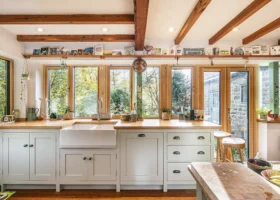




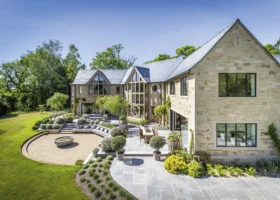









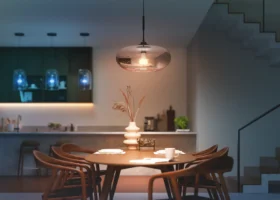
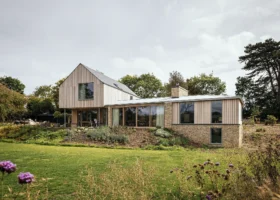

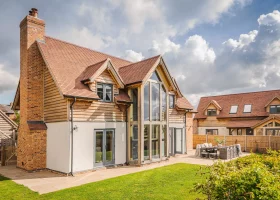


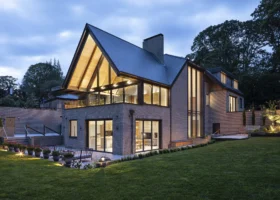













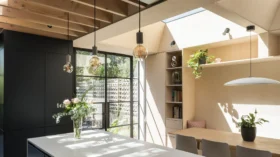

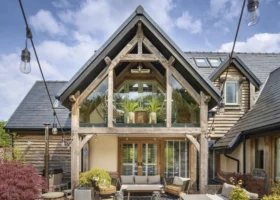
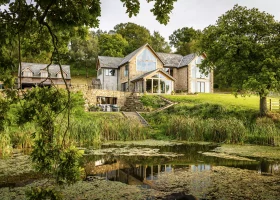
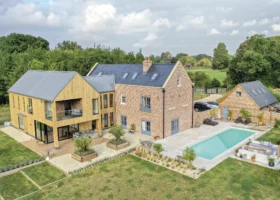

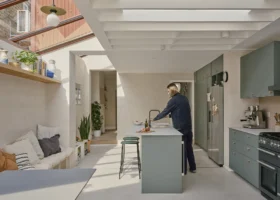
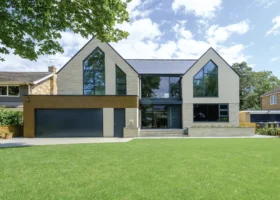
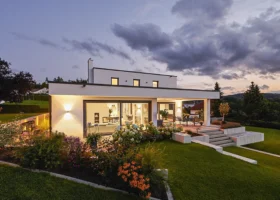





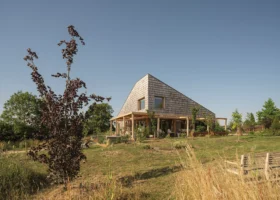




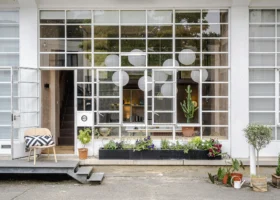
























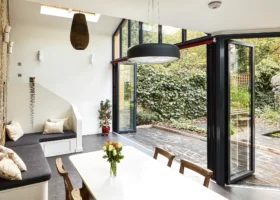














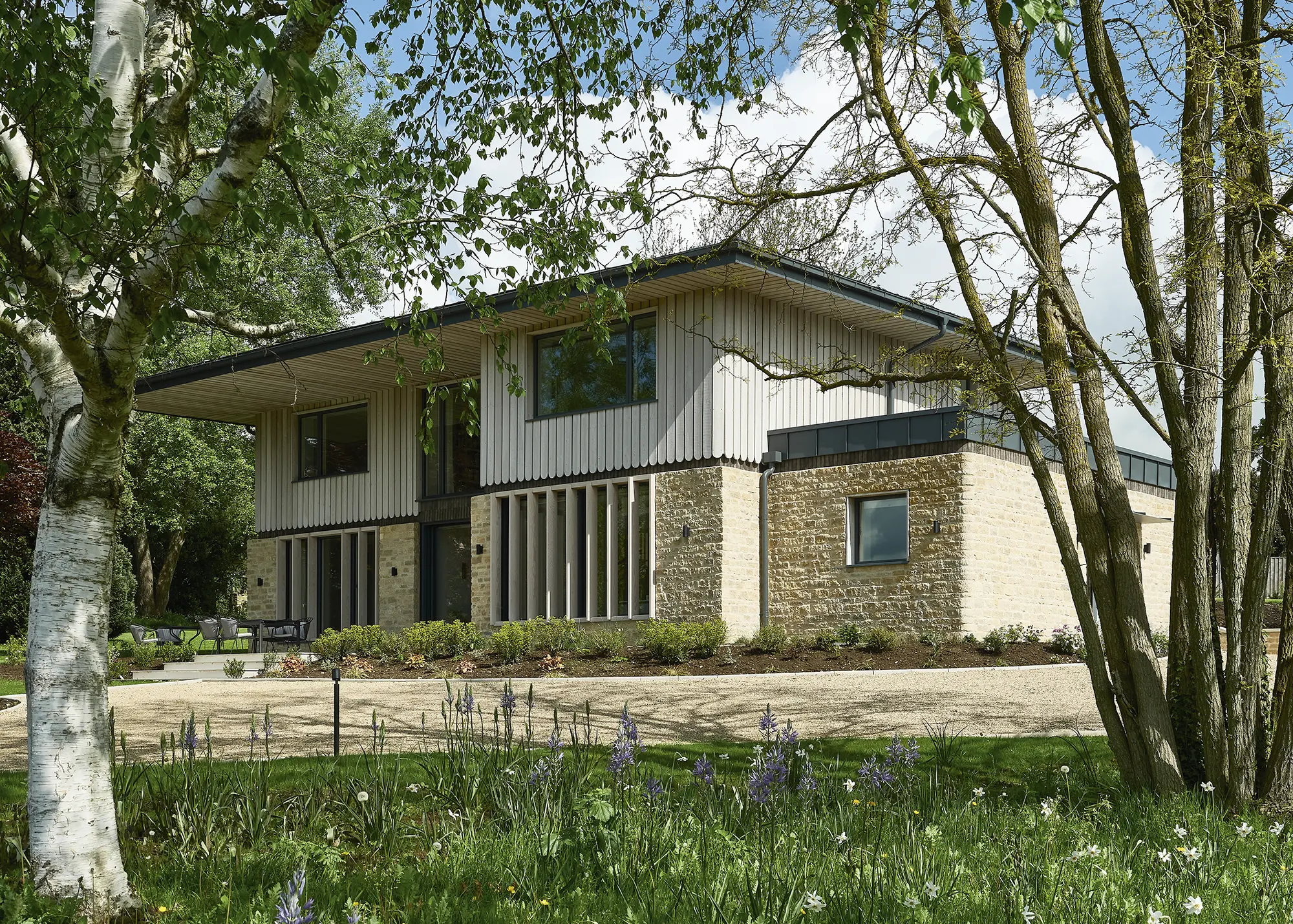
 Login/register to save Article for later
Login/register to save Article for later

